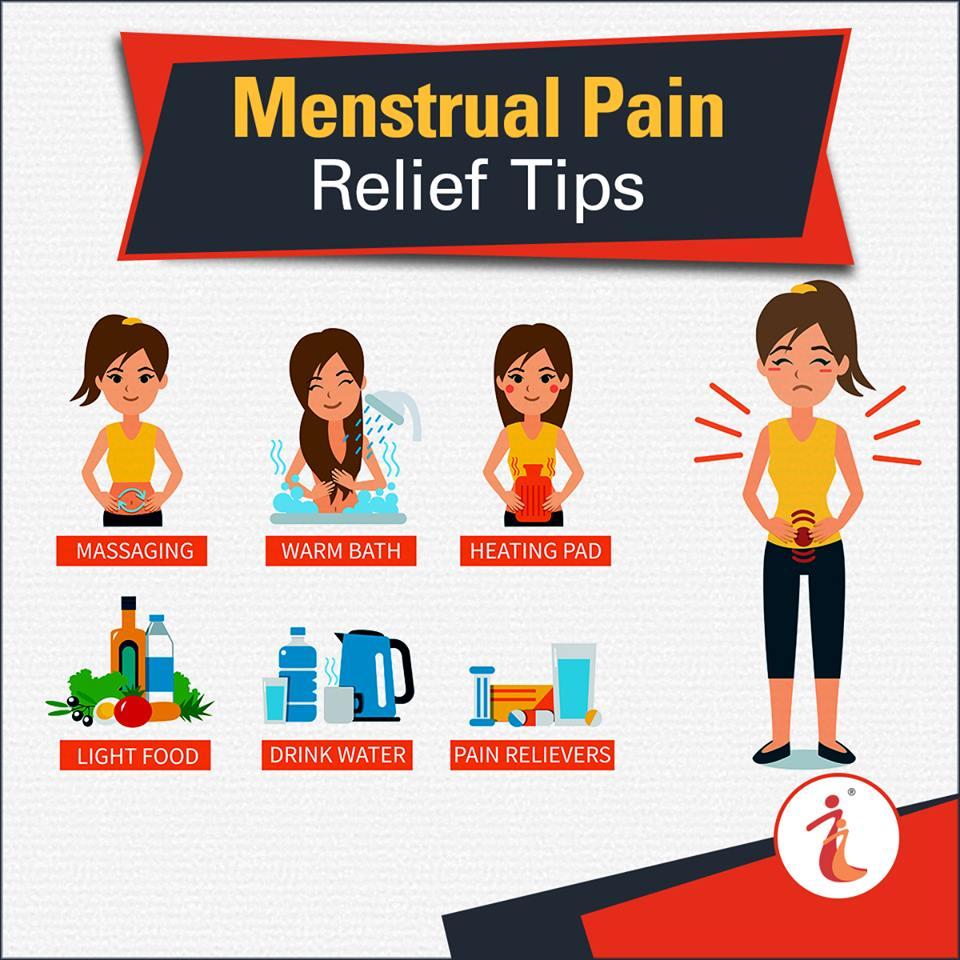Every month, millions of individuals brace themselves for the familiar wave of discomfort that accompanies menstruation. For some, it’s a mere inconvenience—a whisper of pain that quickly fades. For others, it’s a relentless, debilitating agony that disrupts daily life. This dichotomy raises a pressing question: is menstrual pain just a natural part of life, or could it be signaling something more serious beneath the surface? As we delve into the complex world of menstrual health, we aim to unravel the mysteries behind these monthly pangs and explore when they might be a red flag for deeper issues. Through a blend of scientific insights and personal narratives, this article seeks to provide clarity and understanding to those navigating the often misunderstood realm of menstrual pain.
Understanding the Nature of Menstrual Pain
Menstrual pain, often referred to as dysmenorrhea, is a common experience for many individuals during their menstrual cycle. The intensity and nature of this pain can vary widely, making it a complex subject to navigate. While some may experience mild discomfort, others endure severe cramps that interfere with daily activities. It’s essential to understand the underlying causes of menstrual pain to discern whether it’s a typical part of menstruation or indicative of a more serious health concern.
- Primary Dysmenorrhea: This type of pain is usually linked to the natural process of menstruation and is caused by the release of prostaglandins, which help the uterus contract. These contractions can lead to the familiar cramping sensation.
- Secondary Dysmenorrhea: Unlike primary dysmenorrhea, this pain is often due to underlying reproductive health issues, such as endometriosis, fibroids, or pelvic inflammatory disease. Recognizing the signs of secondary dysmenorrhea is crucial, as it may require medical intervention.
Recognizing the difference between these types can be challenging, but understanding the body’s signals can provide valuable insights into one’s menstrual health. If menstrual pain disrupts your life or presents alongside other unusual symptoms, seeking medical advice is advisable to rule out any underlying conditions.

Common Causes and When to Seek Medical Advice
Menstrual pain, or dysmenorrhea, can arise from a variety of causes, ranging from benign to more serious conditions. Common causes of menstrual pain include hormonal imbalances, uterine contractions, and certain lifestyle factors such as stress or diet. While mild discomfort during menstruation is typical for many, some underlying issues might amplify the pain. These could include:
- Endometriosis: A condition where tissue similar to the lining of the uterus grows outside it, causing severe pain and potential fertility issues.
- Fibroids: Noncancerous growths in the uterus that can lead to heavy bleeding and discomfort.
- Pelvic Inflammatory Disease (PID): An infection of the reproductive organs that may result in pain and fever.
- Adenomyosis: When the uterine lining grows into the muscular wall of the uterus, causing cramping and heavy periods.
It’s crucial to recognize when menstrual pain might signal a deeper issue. Seek medical advice if you experience:
- Pain that disrupts daily activities or worsens over time.
- Heavy bleeding, requiring more than one pad or tampon per hour.
- Symptoms of infection such as fever, chills, or unusual discharge.
- Painful urination or bowel movements during menstruation.
Consulting with a healthcare professional can provide clarity and relief, ensuring any underlying conditions are addressed promptly.

Exploring Treatment Options for Menstrual Discomfort
When it comes to addressing menstrual discomfort, understanding the range of available treatments can empower individuals to make informed decisions about their health. Lifestyle modifications such as maintaining a balanced diet, regular exercise, and adequate hydration can play a significant role in alleviating symptoms. Additionally, herbal remedies like ginger and chamomile tea have been praised for their anti-inflammatory properties, offering a natural alternative for those seeking relief.
For more persistent or severe discomfort, exploring medical interventions might be necessary. Over-the-counter pain relievers like ibuprofen can be effective, but if symptoms persist, consulting with a healthcare provider is crucial. They may recommend options such as:
- Hormonal birth control: Often prescribed to regulate periods and reduce pain.
- Physical therapy: Targeted exercises can help relieve pelvic pain.
- Surgical options: In cases of underlying conditions like endometriosis, surgery might be considered.
Understanding these options can help in crafting a personalized approach to managing menstrual pain, ensuring that it does not interfere with daily life. Remember, what works for one person might not work for another, so it’s important to find a solution that aligns with individual needs and preferences.
Lifestyle Changes and Remedies for Managing Menstrual Pain
When it comes to alleviating menstrual discomfort, a holistic approach often proves most effective. Incorporating lifestyle adjustments can significantly ease symptoms. Consider integrating regular physical activity into your routine, as it can help release endorphins, which are natural pain relievers. Additionally, practicing yoga or meditation can reduce stress levels and promote relaxation, potentially decreasing pain intensity.
- Balanced Diet: Emphasize whole grains, fruits, and vegetables while reducing intake of caffeine and salty foods.
- Hydration: Drinking plenty of water may help alleviate bloating and discomfort.
- Warm Compress: Applying heat to the abdomen can relax the muscles and provide relief.
- Herbal Teas: Chamomile or ginger tea might offer soothing effects.
These lifestyle changes, combined with home remedies, can create a supportive environment for managing menstrual pain effectively. If pain persists, consulting with a healthcare provider is recommended to rule out any underlying conditions.








